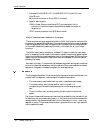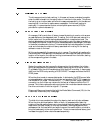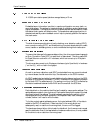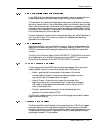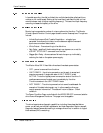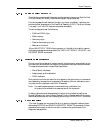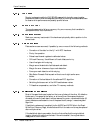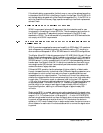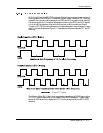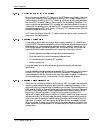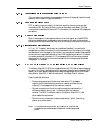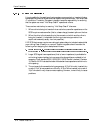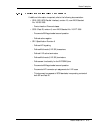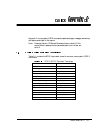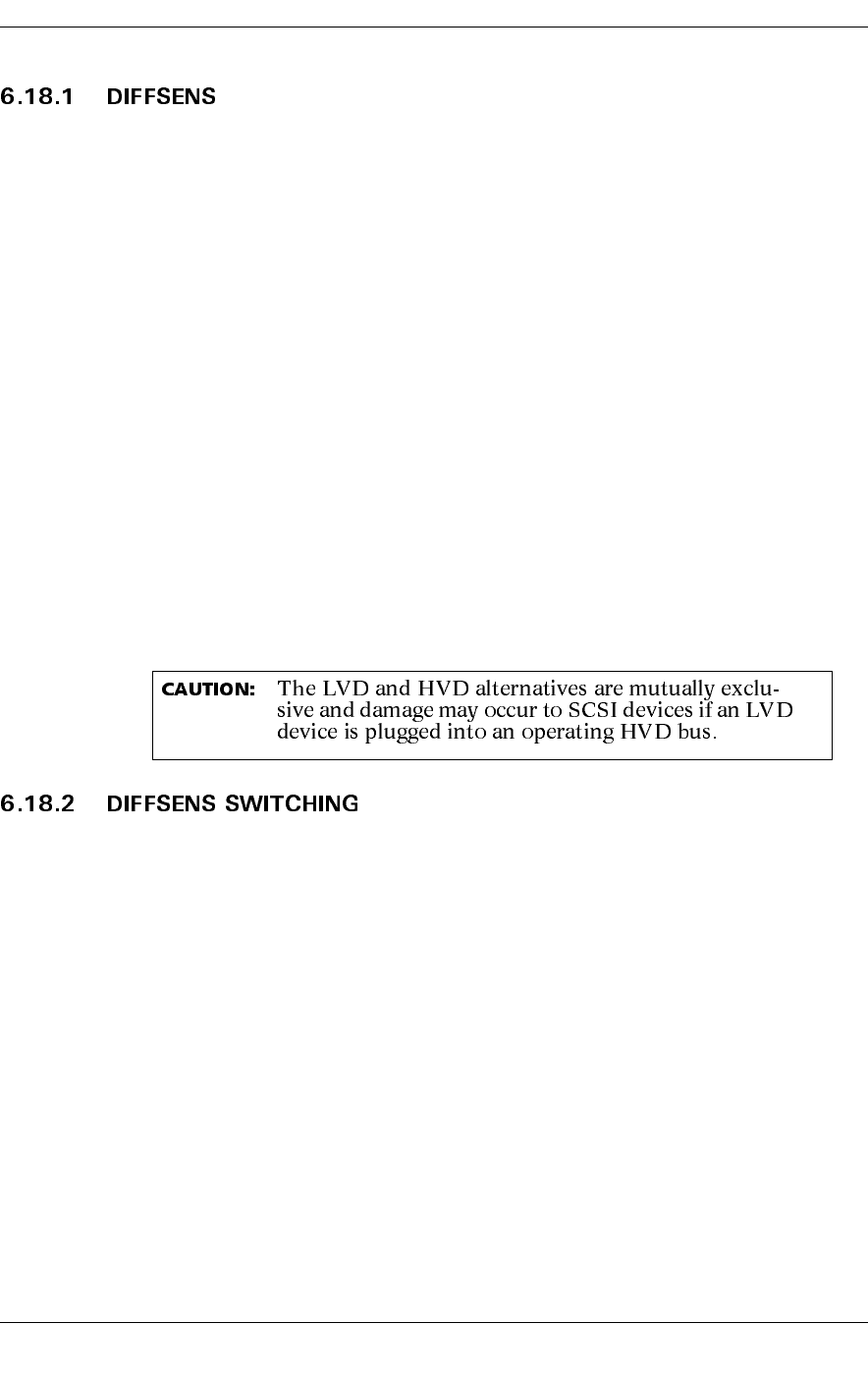
Feature Descriptions
6-10 Maxtor Atlas 10K III
The DIFFSENS signal in the SCSI bus defines the current operating mode of the
SCSI bus. A level below +.5 volts defines a single-ended bus. A level between +.7
and +1.9 volts defines an LVD bus. A level above +2.4 volts defines a High Voltage
Differential (HVD) bus. Before LVD was introduced, HVD was simply called
Differential SCSI.
All single-ended-only devices connect the DIFFSENS signal to ground. On an LVD
bus, the terminators drive the DIFFSENS signal to +1.3 volts unless some device is
holding the signal at ground. HVD devices pull DIFFSENS up to +5 volts via a
resistor.
The Maxtor Atlas 10K III disk drive is designed with a circuit that monitors the level
of DIFFSENS at power-on. The drive then enables the appropriate circuits for LVD
or single-ended operation, or disables its interface completely if it detects an HVD
level on DIFFSENS.
The two normal operating environments for the Maxtor Atlas 10K III disk drive are
an all-LVD or (LVD/MSE) bus, in which case it operates in its LVD mode, or a bus
that contains at least one single-ended device, in which case the Maxtor Atlas 10K III
disk drive operates in single-ended mode.
HVD mode is not supported by the Maxtor Atlas 10K III disk drive. Signal levels on
an HVD bus can reach as high as +15 volts due to allowed common mode transients.
After establishing its initial operating mode, the Maxtor Atlas 10K III disk drive
continues to monitor the DIFFSENS signal. If a change in level is detected, such as
might occur if a device is added to or removed from the bus, the DIFFSENS circuit
detects the change and presents a mode change interrupt to the drive firmware. The
operating mode of the interface switches to the new mode 100 msec after the change
is detected, providing the new level has remained constant. This delay is required to
prevent spurious mode switches due to noise on the DIFFSENS line.



